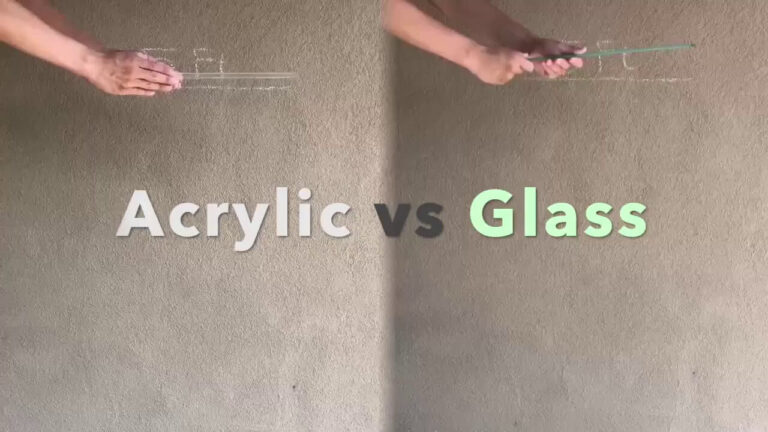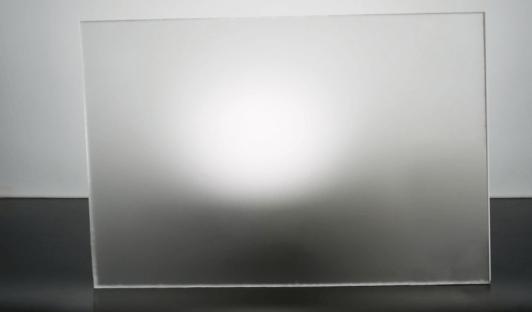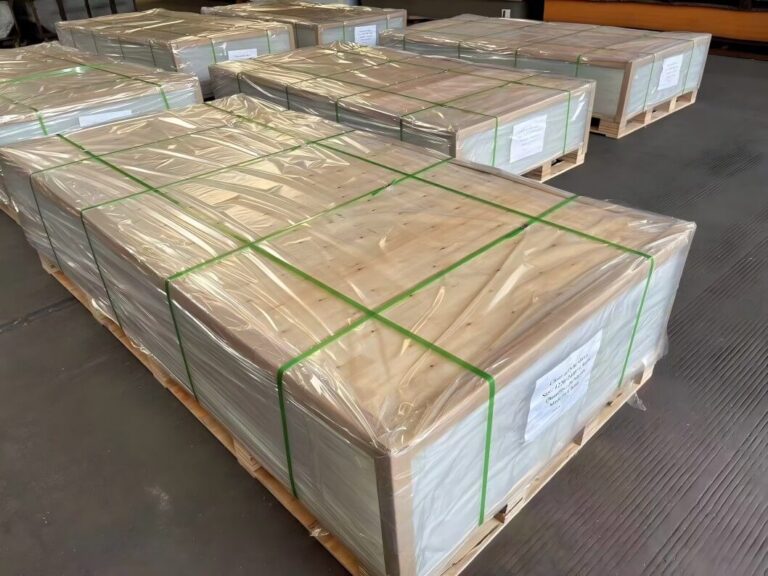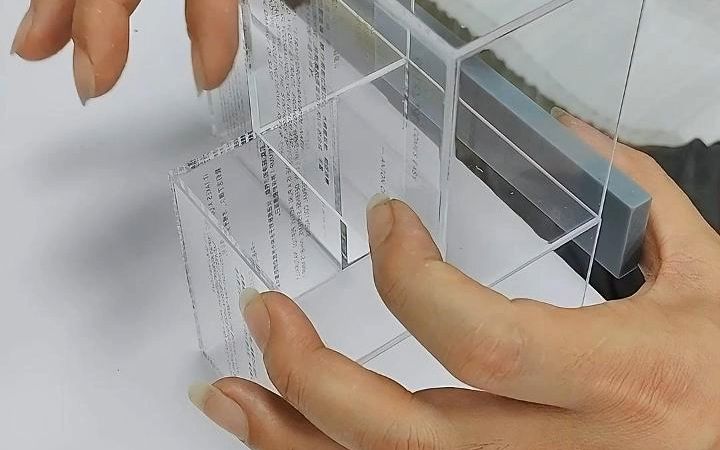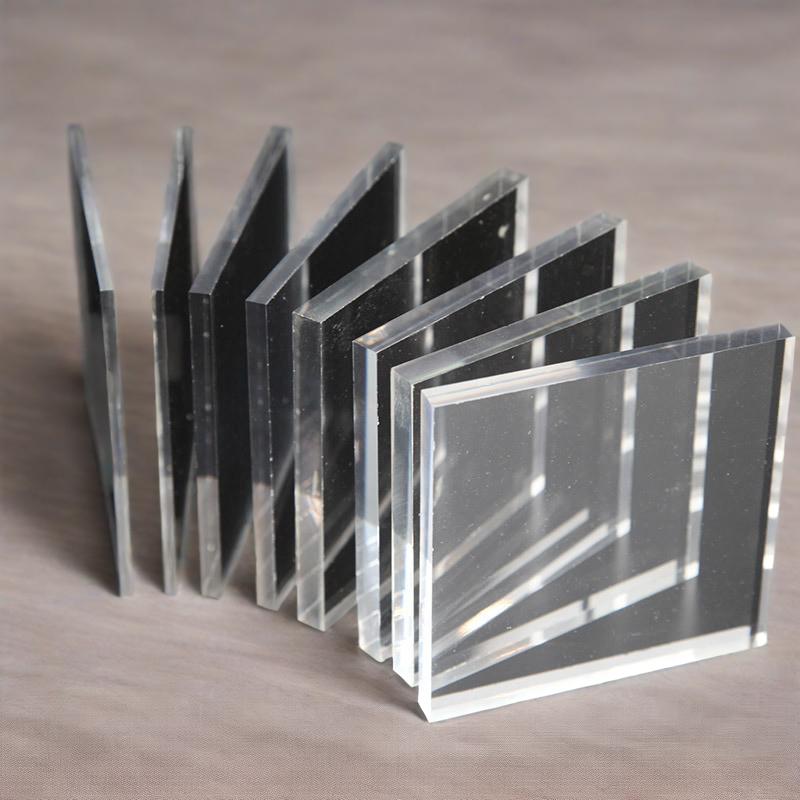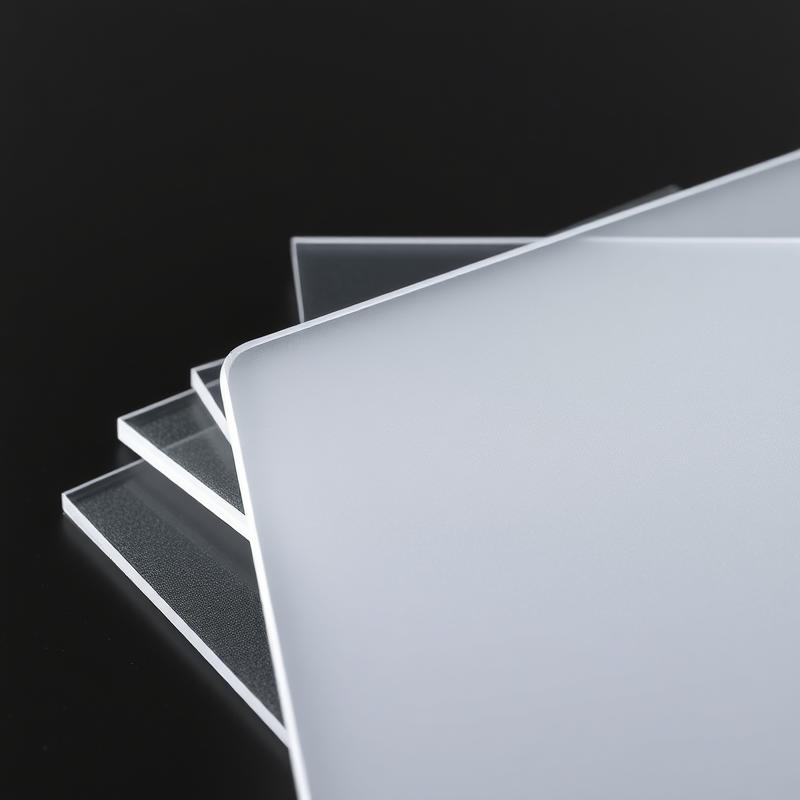-
Xinqi Development Zone, Leliu, Foshan, Guangdong
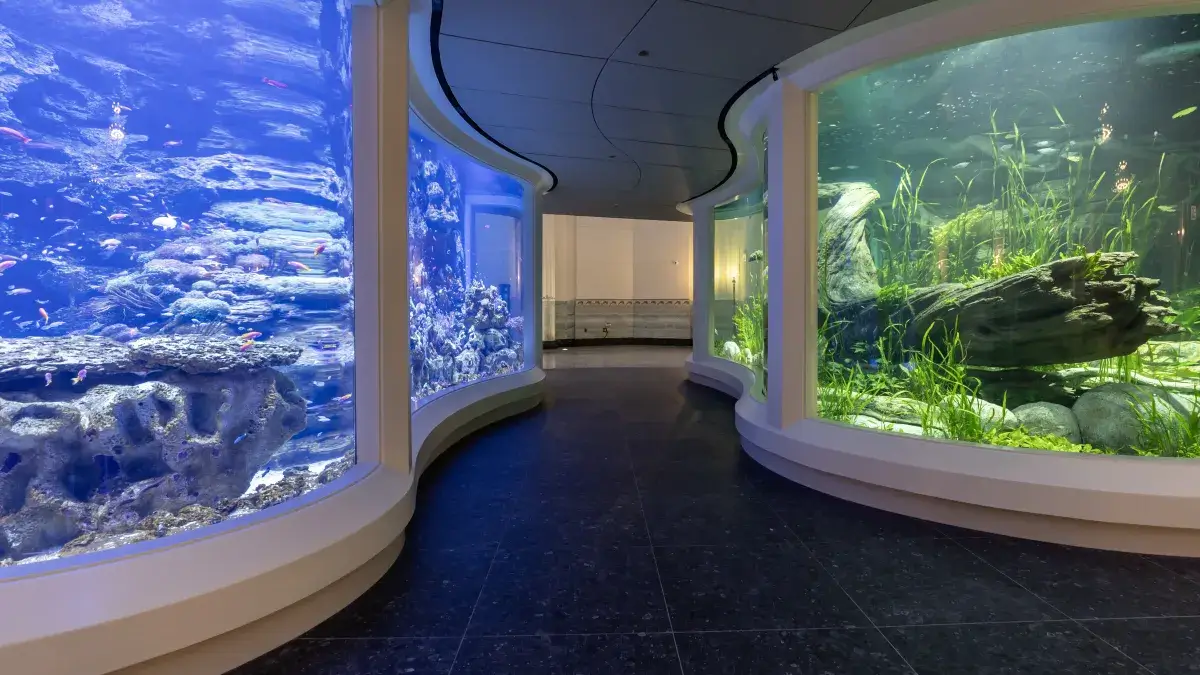
Acrylic Thickness Selection: 8 Proven Tips for Load-Bearing
Table of Contents
Acrylic sheets have become the preferred material in the fields of construction, advertising, and home furnishings with their 92% light transmittance and up to 17 times the impact resistance. As the technical director of Sanyu Acrylic, we handle more than 3,000 custom cases each year and find that 85% of the selection errors are due to improper thickness selection. This article will use 8 key dimensions, combined with industry authoritative data and practical experience, to establish a scientific selection framework for you.
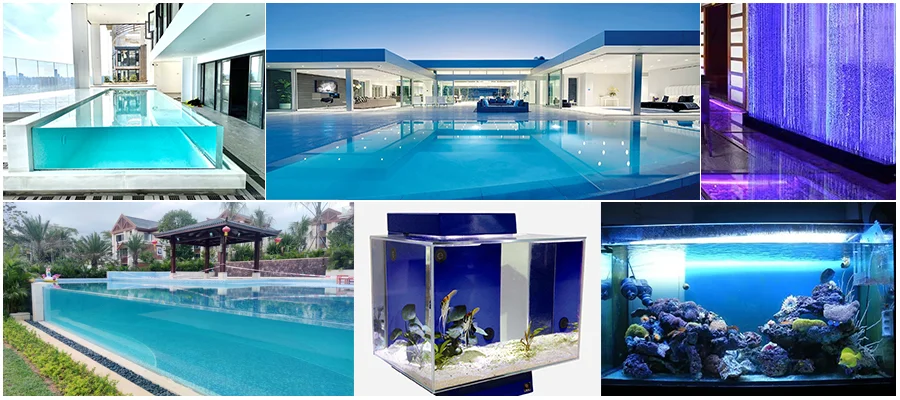
1. Load type determines acrylic sheet thickness
- Static load scenario: vertical force scenarios such as photo frames and display cabinets, 2-3mm can meet the needs. According to the British BS EN ISO 7823 standard, it is recommended that the thickness should be increased by 1mm for every 50kg increase in load per square meter
- Dynamic load environment: Workshop partitions, amusement facilities, etc. require panels with a thickness of 6mm or more. The US ASTM D4802 test shows that 5mm plates can withstand an impact of 40km/h
- Special load case: The Chicago Aquarium uses 25mm cast plates to carry 200 tons of water, verifying the positive correlation between thickness and safety factor.

2. Acrylic sheet thickness adaptation of material process
- Casting process advantages: Japan Mitsubishi Chemical tests show that the bending strength of 8mm cast plates reaches 115MPa, which is 23% higher than the same thickness of extruded plates
- Extrusion process applicable: 3-5mm extruded plates can be used for light load scenes such as advertising light boxes, reducing costs by 40%.
- Special process requirements: Evonik of Germany recommends that parts that require CNC processing should increase the processing allowance by 0.5-1mm
3. Correction coefficient of environmental factors
| Environmental factors | Thickness correction value | Data source |
|---|---|---|
| Temperature difference between day and night>15℃ | +1mm | Institute of Materials, Chinese Academy of Sciences |
| UV intensity>Level 5 | +0.5mm | DuPont weathering test |
| Chemical corrosion environment | +2mm | BASF Technical White Paper |
4. Economic balance rule
The optimal thickness is calculated by the cost-effectiveness formula: C=(T×S×P)/L, where T=service life, S=safety factor, P=unit price, and L=expected life. Case analysis shows that increasing the thickness of advertising light boxes from 5mm to 6mm will increase the initial cost by 20%, but the maintenance cycle will be extended by 3 times.
5. Synergistic effect of structural design
- For every 30cm increase in support spacing, the thickness needs to be increased by 1mm (European EN 1288 standard)
- It is recommended to use thin plate hot bending technology for curved surface modeling, and the bending radius of 3mm plate can reach 200 times the plate thickness
- The thickness of the joint needs to be increased by 20% to prevent stress concentration
6. Mandatory requirements of safety regulations
- The building curtain wall must meet the minimum standard of 6mm in GB/T 11976-2015
- Children’s facilities must pass the CPSC 16 CFR 1201 drop ball test
- FDA 21 CFR 177.1010 certification is implemented in the food contact field
7. Precise assistance of professional tools
The intelligent selection system developed by Sanyu has integrated more than 200,000 engineering data. By inputting parameters such as length, width, load, and environment, 3 optimization solutions can be generated. Compared with the traditional empirical method, the selection accuracy is increased by 78%.
8. Necessary process of iterative verification
It is recommended to implement the “three-step verification method”:
- Digital simulation: Use ANSYS for stress analysis
- Physical testing: Make a 1:10 scale model
- On-site monitoring: Install strain gauges for 72-hour data collection
FAQs of acrylic sheet thickness
What’s the minimum thickness for acrylic aquariums?
Use ≥6mm cast acrylic for aquariums. For 120L+ tanks, increase thickness (e.g., Chicago Aquarium uses 25mm for 200-ton loads).
How do load types affect thickness selection?
Static loads (e.g., picture frames) need 2-3mm; dynamic loads (e.g., playgrounds) require ≥6mm per ASTM D4802 impact tests.
Why choose cast acrylic over extruded for thick sheets?
Cast acrylic has 23% higher bend strength (115MPa at 8mm) and better safety for heavy loads.
Conclusion
The essence of acrylic sheet selection is a dynamic balance between mechanical properties and economy. The “load-process-environment” three-dimensional selection model established by Sanyu Acrylic has been successfully applied to major projects such as the light guide plate of the Hong Kong-Zhuhai-Macao Bridge. We provide free technical review services and promise to issue a professional selection report within 48 hours. Visit the online consultation system now to get your customized solution.

